Włodzimierz Borowski, Wojciech Bruszewski, Andrzej Dłużniewski, Jarosław Kozłowski, KwieKulik, Natalia LL, Andrzej Matuszewski, Andrzej Partum, Ewa Partum, Józef Robakowski, Jerzy Rosołowicz, Jan Świdziński, Warsztat Formy Filmowej, Krzysztof Wodiczko.
June 23 – September 17, 2016.

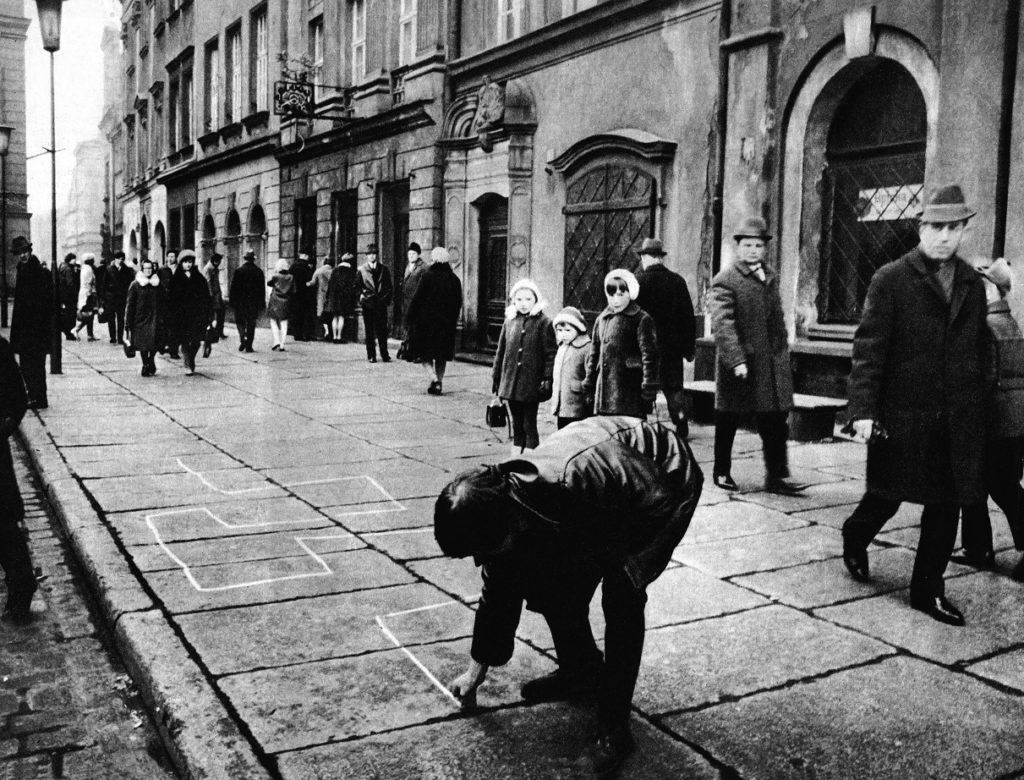
Procedures of 1970s Art is an exhibition presenting early performative practices in Polish art in the 1970s and late 1960s. Featuring photographic and film documentation as well as archival descriptions and commentaries, the show offers an insight into the practices of radical artists situated outside the institutional art world, today recognised as classics of avant-garde art. The documentation gathered for the exhibition presents performative practices that allowed those artists to go beyond the canonical narratives of modernism and open art up to social and political contexts.

The show’s title is a reference to Andrzej Dłużniewski’s 1979 action,Procedure, where for four days, in front of the public, he realised a stereotypical scenario of painterly procedure, thus commenting ironically on the modernist attachment to the concept of the artwork as the main criterion of art. Ten years earlier, in The Proceeding, a large-scale happening by Andrzej Matuszewski, the author remained invisible for the viewers, who became the actual participants of the orchestrated events.

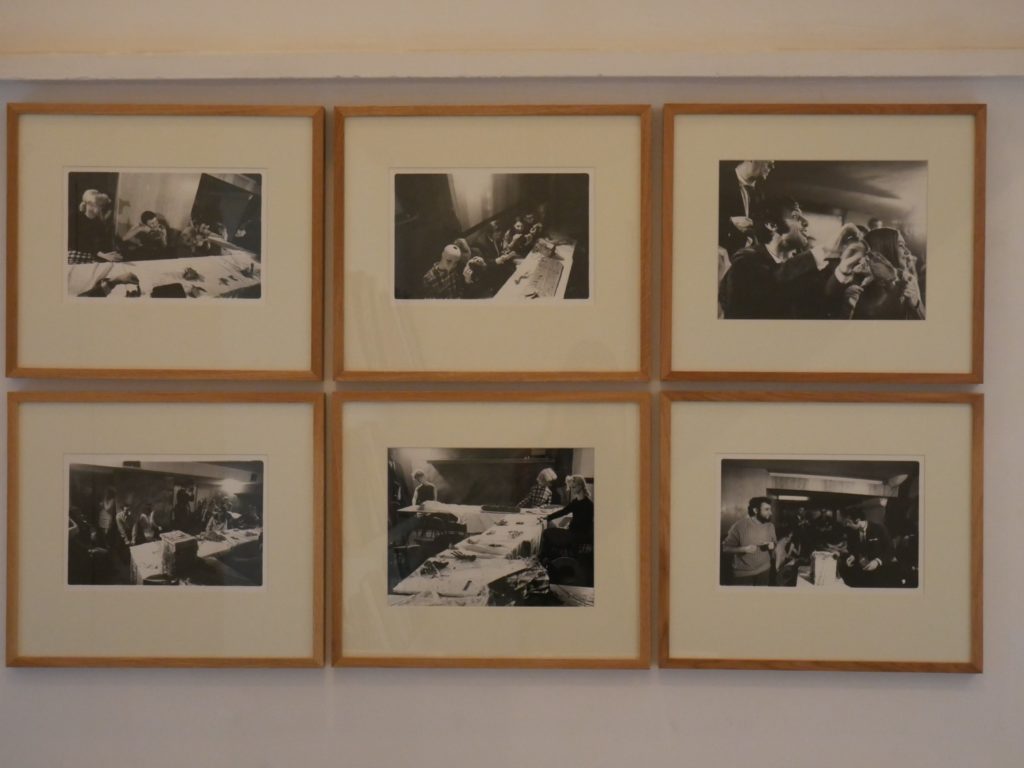
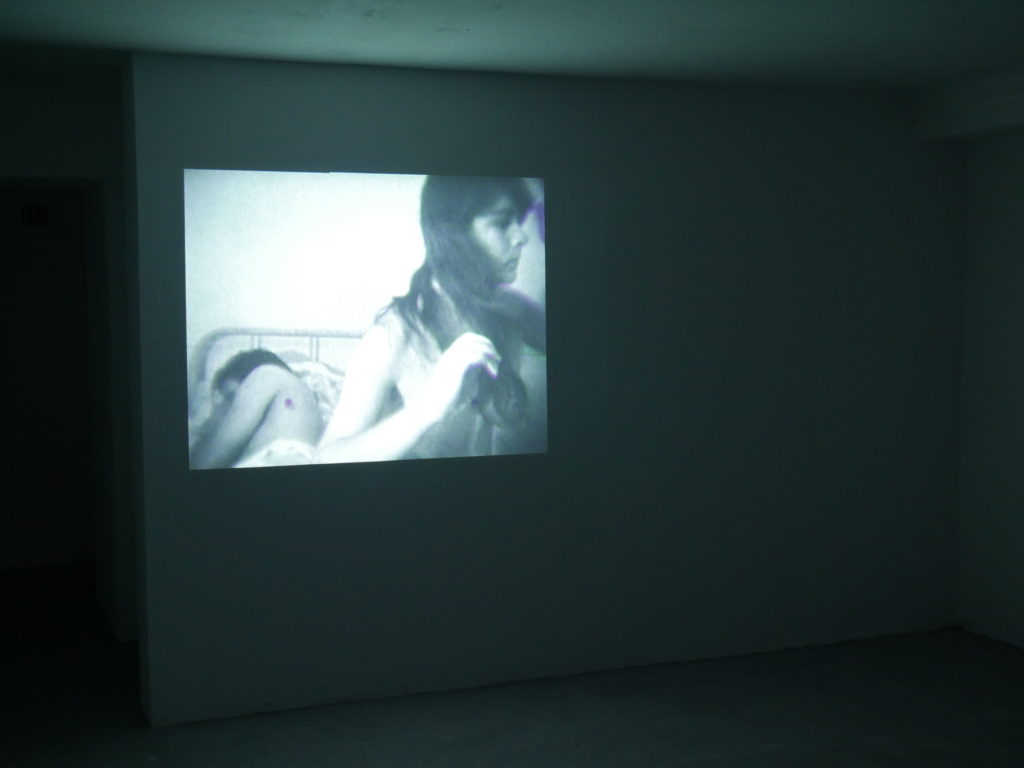
The featured documentation shows various modes of proceeding, of ironically and critically playing with the various axioms of the modernist universe: the artist-as-demiurge in Włodzimierz Borowski’s 8th Syncretic Show (1968), the uniqueness of the artist’s gesture in Jarosław Kozłowski’s drawings (from 1978), the presence of the work in Andrzej Dłużniewski’s 22 Figurative Pictures (1979), or the purposefulness of great utopias in Jerzy Rosołowicz’s Cineutronicon (1975).
Key aspects of the practices, actions and events documented in the show included processuality and interactivity, as in the collective project Action in Space (1972) by Włodzimierz Borowski, Jan Świdziński and Krzysztof Wodiczko.

The category of performativity manifested itself in the persuasiveness of Andrzej Partum’s language in his lecture On Interpretation (1973). The performative aspects of camera-recorded actions are shown in film works such as Józef Robakowski’s I’m Going… (1973) or Wojciech Bruszewski’sYYAA (1973). Performativity was the domain of live-broadcast recordings in Workshop of the Film Form’s Television Transmission (1973). Participation played a key role in Robakowski’s Record (1972), an action whose participants became lead actors.
The exhibition reflects the critical potential of performative practices in crossing the boundaries of visual perception, mobilising the public, taking art beyond institutional frameworks and situating it in social space.

The performativity inscribed in the designs and usage modes of Krzysztof Wodiczko’s Personal Instrument (1972) and Vehicle (1973) brought art out to the streets. Viewed from a performative perspective, the early public-space practices reveal their subversive potential, e.g. the drawing in chalk on the sidewalk in Jarosław Kozłowski’s Expedition (1969) or Andrzej Partum’s ironic announcement of his Avant-Garde Silence (1974). Installed in urban space, the provocative slogans of Kozłowski’s Imagination Zones (1970) or Ewa Partum’s Legality of Space served as a kind of performative impulses for the social imagination. Its myths were performed by the KwieKulik duo, who played idealistic for-camera scenes in their series America (from 1972).
In acts of gender performance, emancipatory themes of early feminist manifestations came to the fore; in the sexuality of Natalia LL’s Word (1971) or in Ewa Partum’s polemic with the patriarchal art scene, Change (1974).

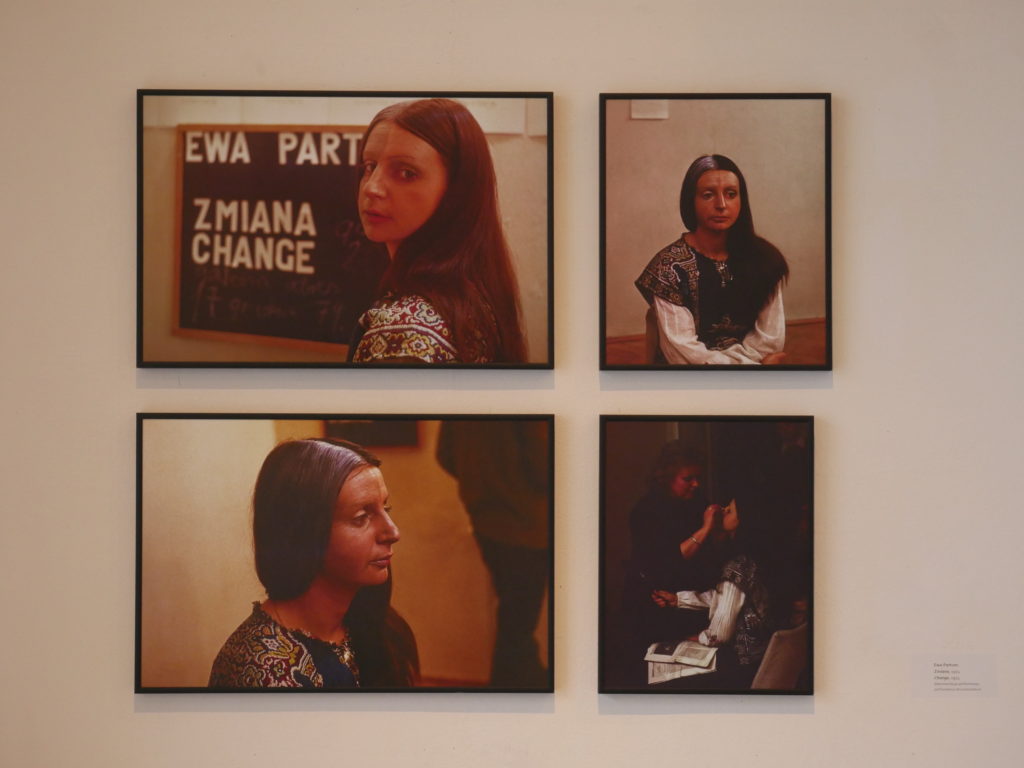
Looking at the ‘procedures’ of 1970s and late-1960s art from the vantage point of the ‘performative turn’ yields a more complex image of those practices, perceived outside the usual cliché of conceptualism. A performative viewpoint, with an emphasis on action, subjectivity and agency, makes it also possible to consider the functioning of that art in the broader perspective of its presence in social and political space.
Bożena Czubak
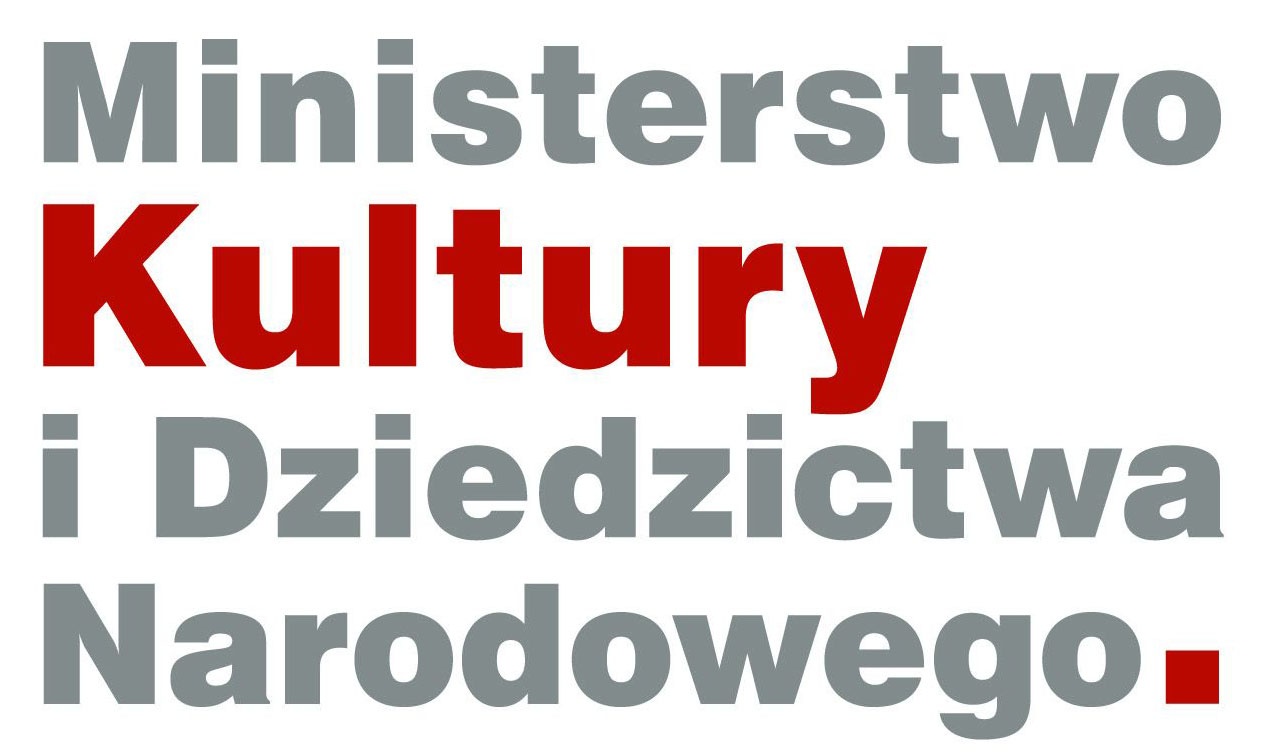
Dofinansowano ze środków Ministerwstwa Kultury i Dziedzictwa Narodowego/ Project supported by The Ministry of Culture and National Heritage of the Republic of Poland
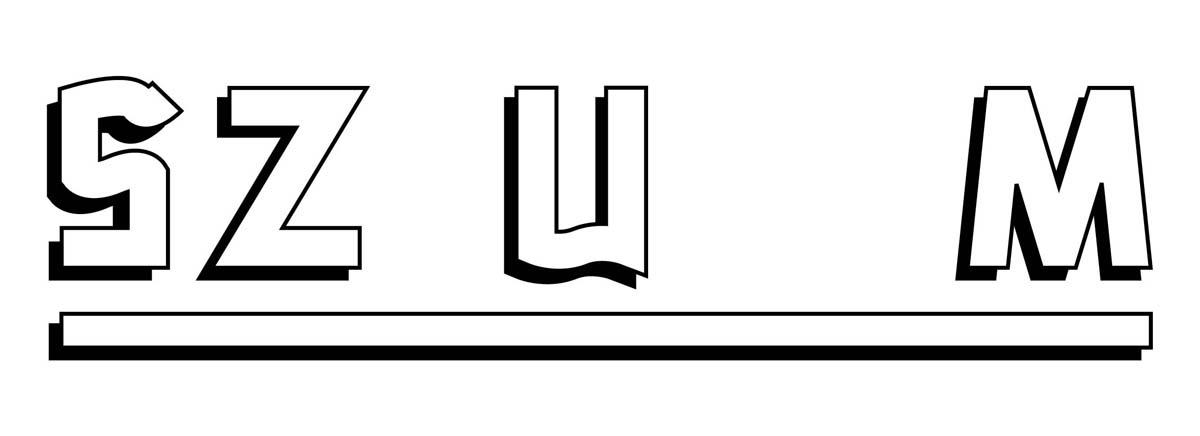
PATRONAT MEDIALNY / MEDIA PATRONAGE
